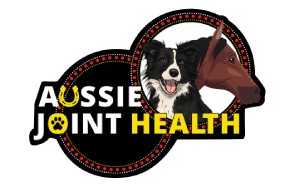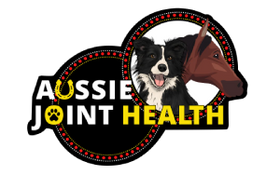4 Tips to Benefit your Dog's Joint Health from a Canine Physiotherapist
Following these simple tips may assist your dog in maintaining healthy joints.
The aging process causes dogs to experience joint pain. Over a lifetime of use, your dog's joints can be injured and strained, and strain and injury can both cause damage to the dog's cartilage, which may lead to arthritis.
Big dogs are likely to develop arthritis due to extra weight, but all dogs are at risk. A dog with arthritis will often have trouble climbing stairs, getting moving after being still, and exercise becomes a challenge.
A proactive approach often prevents joint problems in dogs, and slows down the progression of canine arthritis.
Protect your dog's joints from injury

It is almost always due to injury that arthritis develops much earlier in life, even when your dog is a puppy.
Performing too much exercise, jumping too high, and running too hard before a puppy's joints and bones are mature can cause joint injury. A dog's joints develop fully between 12 and 18 months, depending on the breed.
"At what age do dogs develop arthritis?"
In most cases, arthritis becomes visible at age 8. It is possible, however, for dogs to develop arthritis as early as one year old.
Adapt to the environment around the home

It is common for puppies and adult dogs to injure themselves by jumping on and off the sofa. Ensure that your dogs can do what they love without risking injury.
Make it easier for your dog to enter and exit the car with a ramp, or offer a footstool instead of jumping.
Provide appropriate canine nutrition
Puppies of large breeds can grow too fast and become too heavy for their immature joints, and overfed adult dogs gain a lot of weight, which strains their joints and makes exercise painful.
Do you know that there are foods that may reduce joint inflammation, and also foods that may exacerbate arthritis?
- Grains, wheat, rice, and corn are carbohydrates that can cause weight gain in dogs.
- White potatoes, eggplant, and pepper can cause arthritis flare-ups.
- The omega-3 fatty acids in salmon and sardines may reduce inflammation.

You should consult your veterinarian for advice. Prepare a diet that is healthy and well-balanced to help prevent arthritis in your dog. Just like with people, remember that there are everyday foods, and occasional foods.
You can slow down arthritis progression in your dog by choosing the correct diet or by adding joint supplements like Canine Joint Plus.
"Is it true that 1 in 5 dogs develop arthritis?"
Yes!
Regular veterinarian appointments

The key to a long, healthy life is to detect health problems early on by making regular veterinarian visits. You should make sure that your dog receives a general checkup from a veterinarian at least once a year, ideally twice.
Early detection and diagnosis of health issues in your dog, including joint degeneration, are critical to alleviating pain and preventing future problems from occurring.
Recognise the symptoms of arthritis in dogs

You may notice your dog may display the following.
-
Lameness in one leg
-
Stiff Joints
-
Weight gain
-
Lethargy
-
Irritability
-
Muscle wastage
-
Difficulty walking up and down stairs
-
Reluctant to jump up or down off the couch
In conclusion, to support joint health in your dog, do this
The chances of your dog developing arthritis in their joints as they age cannot be completely eradicated, and there is no cure for arthritis. However, you can slow its progression and onset, to give your dog the best chance of living a pain-free and healthy life through a good diet, supplementation, exercise, and regular vet visits.
"Canine joint plus worked wonders on my old arthritic dog, he’s back to acting like a young dog running around playing with our others."
DISCLAIMER
All information on the Aussie Joint Health website is educational only. Aussie Joint Health does not diagnose or treat individual animals. You must address any questions or concerns you may have about your animal to your veterinarian. Aussie Joint Health information should not replace your veterinarian relationship. This blog post is intended to help you have a better conversation with your veterinarian about the appropriate treatments for your pet.



